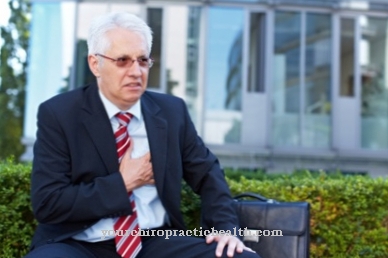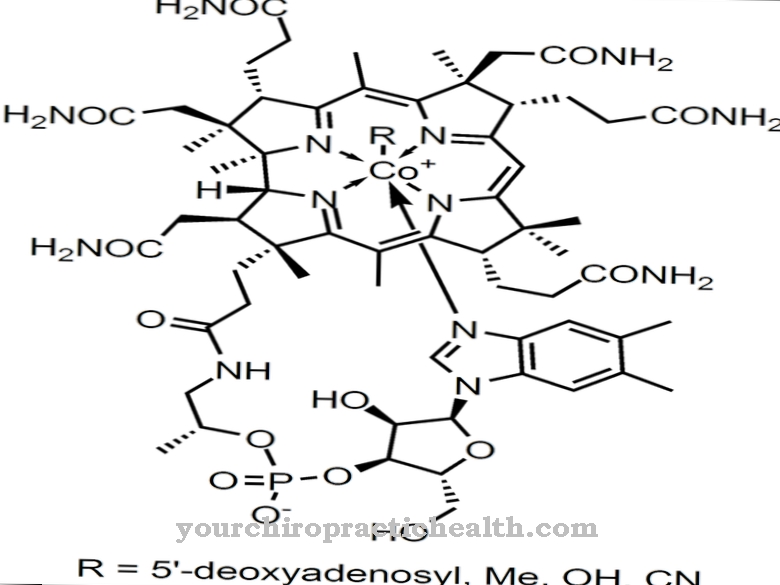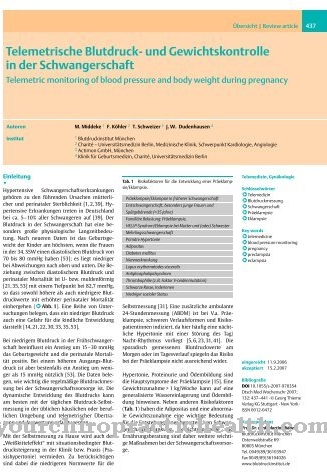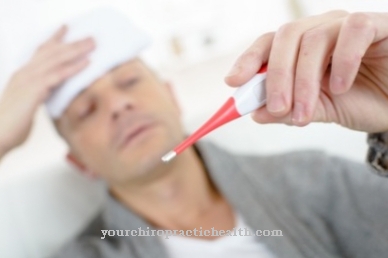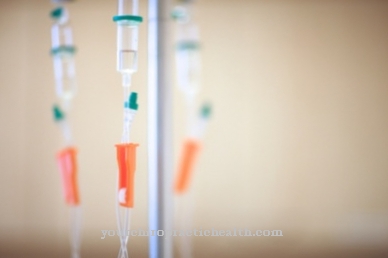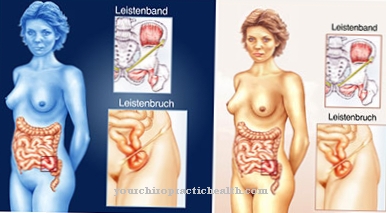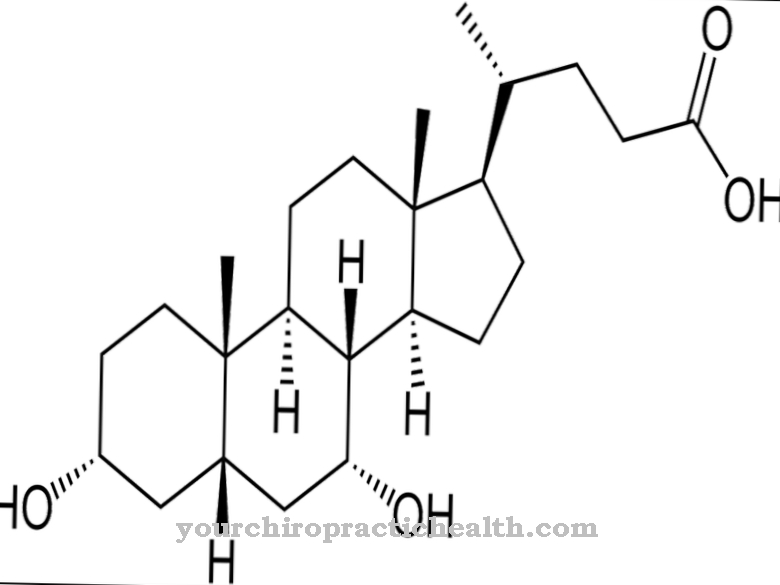Antibiotics have become an indispensable part of our range of medicines. They play a paramount role in combating a large number of infectious diseases that used to be practically powerless.
meaning

Since the introduction of penicillin, for example, in the treatment of blood poisoning, certain forms of meningitis and sexually transmitted diseases, successes have been achieved that far overshadow everything known so far.
Streptomycin is a significant enrichment for the treatment of tuberculosis and chloromycin is effective against typhoid-like diseases. In addition, antibiotics have become very important in surgery. They are used here to prevent wound infections during and after operations.
As early as 1900, it had been observed several times that nutrient solutions in which certain bacteria or fungi had grown can contain substances that inhibit other bacteria and fungi in their development. This phenomenon was then called antibiosis (anti = against, bios = life).
composition
Antibiotic substances, or antibiotics for short, are substances that are formed by living beings (mostly microorganisms) in the course of their life and which, even in very low concentrations, inhibit the development of other microorganisms or even kill them.
It is therefore a matter of substances that are formed in nature and are certainly also important for the biological balance, for example in the soil where many microorganisms live side by side.
The decisive upswing in the development of antibiotics began with the discovery of penicillin by the English researcher Sir Alexander Fleming in 1929. However, at that time it was not possible to extract this metabolic product of the fungus Penicillium notatum from the nutrient solution on which the fungus was grown and for some time it was believed that the product was too volatile to be chemically captured.
But in 1940 the Englishman Florey and his working group in Oxford managed to get the penicillin in pure form. This paved the way for a development that has meanwhile assumed unimagined proportions.
treatment
After the first reports of the sometimes astonishing successes of treatment with penicillin became known, an intensive search began all over the world for particularly powerful penicillin formers and also for other microorganisms that form other antibiotics. Appropriate methods were developed very quickly which made it possible to test the antibiotic activity.
During the investigations it was found that many of the bacterial strains tested had the ability to produce certain antibiotic substances. It was also shown that this ability is by no means limited to certain groups of the microorganism kingdom, but that there are antibiotically active representatives among bacteria and radiation fungi, in almost all groups of molds and even among algae.
Most of these antibiotics are, however, practically inapplicable, because a number of requirements must be placed on a medically usable antibiotic, which are often not met. In many cases, for example, the quantities of the antibiotic in question that would be necessary to cure a certain infectious disease are already toxic to the human or animal body.
Then treatment is either not possible at all or at best to a very limited extent with local, external application. In other cases there are not yet overcome difficulties in obtaining the substances from the nutrient solutions.
to form
Of the many hundreds of antibiotic substances that have been mentioned in the specialist literature in the last few decades, a good dozen have been introduced into medical practice with the greatest success. In addition to penicillin, which, as mentioned, is formed by Penicillium notatum and some other molds, it is above all the radiation fungi (actinomycetes) that produce valuable antibiotics. The most important substances here are aureomycin, chloromycin, erythromycin, streptomycon and terramycin.
For local use, some antibiotic substances produced by spore-forming bacteria also play a certain role. Bacitracin, gramicidin and polymyxin are mentioned.
Penicillin and the above-mentioned actinomycete antibiotics are produced on an industrial scale using biological methods. There are also extensive factories that had to be specially developed for the needs of the antibiotic industry. The antibiotic formers are grown in huge tanks. In doing so, they separate the active substances into the nutrient solution, from which the antibiotics are then chemically extracted.
At the beginning it was already indicated that the individual antibiotics are particularly suitable for the treatment of certain diseases. This is based on the fact that every antibiotic is only effective against a limited group of pathogens. While chloromycin strongly inhibits typhoid bacteria, penicillin is practically ineffective against this type of pathogen.
On the other hand, the pathogens causing gonorrhea can be effectively combated with penicillin, against which chloromycin cannot be used. Penicillin and chloromycin are ineffective against tuberculosis bacteria, but in this case streptomycin has proven itself. These few examples are intended to show that there are no miracle cures among antibiotics. The sensational articles in earlier media and certain specialist journals have given many readers the impression that the doctor has a preparation in hand, for example penicillin, with which practically every infectious disease can be cured effortlessly.
Correct application
That is totally wrong and such reports have only brought regrettable confusion to the general public. Before treatment with antibiotics, the doctor must know exactly whether the pathogens are actually sensitive to the antibiotic in question. Furthermore, the antibiotic selected for the treatment must be administered in an amount that, if necessary divided into individual doses, ensures a sufficiently high concentration in the body over a certain period of time.
Therefore, the patient must follow the doctor's instructions exactly, often receiving tablets or syringes for several days, because this is the only way to inhibit the development of bacteria and the natural defenses of the body to destroy the pathogens that are no longer capable of reproduction. If the antibiotic is administered in too small a quantity or administered irregularly, there is a risk that the pathogens will get used to it and that subsequent, higher doses that would originally have been sufficient to cure the infection remain practically ineffective.
A comparison shows how much people have already harmed themselves through the casual use of these agents: 20 years ago around 70 percent of all pus-causing bacterial strains were sensitive to penicillin, today it is only 34 percent. The indiscriminate use of antibiotics harbors another danger: every human being harbors a large number of microorganisms, especially in the gastrointestinal tract, which play a key role in the breakdown of nutrients and are therefore essential for the normal course of digestive processes.
The killing of a large part of the intestinal bacteria by antibiotics during the treatment of an infectious disease can lead to serious illnesses. The risk can be reduced if artificially grown intestinal bacteria are returned to the organism in the form of certain preparations during or after the antibiotic treatment. These examples show how much care the doctor must take to ensure that antibiotics are used properly so that these drugs remain effective weapons against infectious diseases.
Insufficient insight on the part of the patient can jeopardize the success of the treatment, and it can even endanger the general public. The search for new antibiotics is still in full swing. There are still bacterial and viral infections that largely defy treatment with antibiotics. In addition, the pathogens adapt more and more to antibiotics and become resistant.
The diseases that so far cannot be cured or treated with the help of antibiotics include spinal palsy, rabies and some flu. Furthermore, there is still a lack of highly effective antibiotics against pathogenic fungi. Although great success has already been achieved with antibiotics, there is still a lot to be done. Doctors, biologists, chemists and technicians work closely together to drive developments in this area.


.jpg)
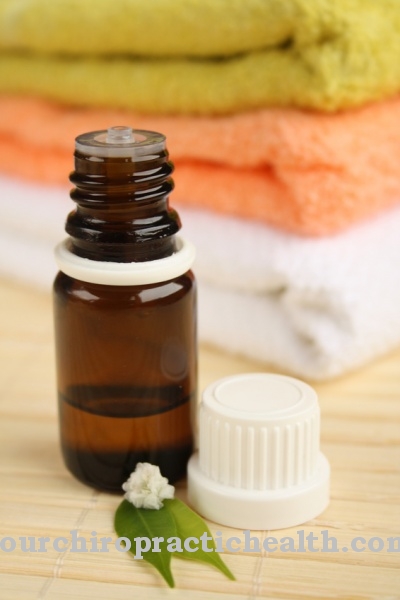
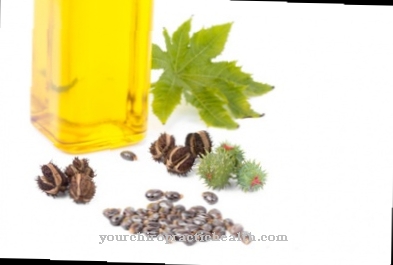
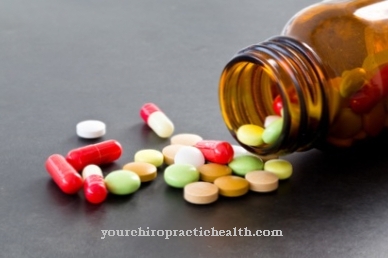


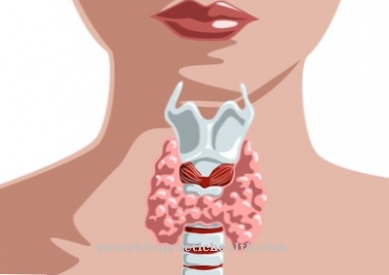

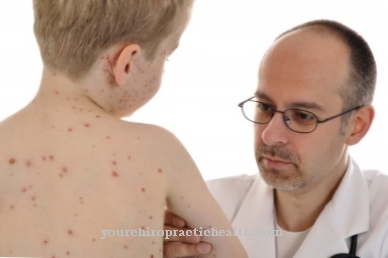


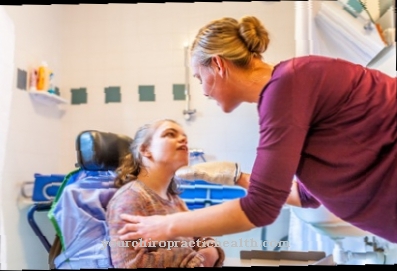

.jpg)
